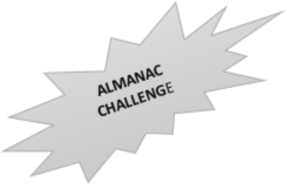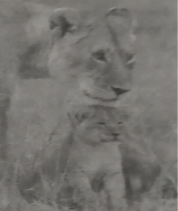题目内容
|
With a lion's strong jaws and claws, it's no wonder that this big cat is a big star in the wild. But the powerful animal still faces dangers-including ones from humans- and their numbers are dropping. That's why this year's Almanac Challenge is all about saving lions—and how you can help. Send in a poster that includes a drawing and a one-sentence message about why it's important to protect lions. You could win a $500 gift card to host a "Lions Forever" party—but you can host one on your own too! Invite friends, family, and classmates to talk about why it's important to save these big cats. And your drawing might be included in a future issue(期) of Nat Geo Kids magazine, Natgeokids.com, or even in next year's Almanac Challenge! |
Important Entry Information Almanac Challenge starts on May 8, and ends on December 3. Open to U. S. people who are aged 6 to 12 years or older. To enter, visit natgeokids.com/almanac. See official rules for complete prize description and more information. |
1.The purpose of Almanac Challenge is to ________.
A.tell us the importance of lions B.raise $500 for a party
C.encourage us to help save lions D.sell Nat Geo Kids magazines
2.If you want to join in Almanac Challenge, you must ________.
A.call Nat Geo Kids magazine B.be at least six years old
C.have a talent for drawing D.hand in a poster after Dec. 3
3.Almanac Challenge is most probably a ________.
A.competition B.meeting C.survey D.test
 YOU COULD WIN $500 TO HELP SAVE LIONS!
YOU COULD WIN $500 TO HELP SAVE LIONS!


